The end of the year is fast approaching, but Home Assistant developers are not resting on their laurels. As is the case every month, here is a new update of our favorite home automation system :) The new dashboard system is now out of its experimental phase and available for everyone! Another important news: this version now supports faster and lower latency camera feeds using WebRTC.
The “sections” dashboard is no longer experimental!
This release marks an important step in making dashboards easier to customize and use for everyone. The “sections” dashboard, with its drag-and-drop capabilities and responsive design, is now out of its experimental phase and ready for everyone to use to create amazing dashboards!
Over the past few months, the developers have been hard at work iterating and listening to feedback to ensure the new dashboard is easy to customize for beginners and advanced users alike. They’ve added new features like card resizing, visibility options, wider sections, new badges, and most recently, the new header card.
To complete this journey, they have two additional features to this release.
Convert your old dashboards to section view
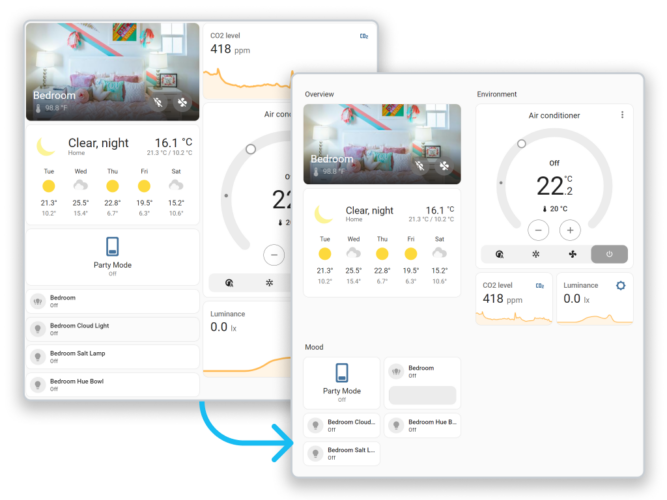
This release includes a way to convert individual dashboard views from the old layout to the new sections layout. When you change the view type to sections, you get a button to convert the view. All cards from the old view are then copied and placed in an imported cards section in the new view, and you can then easily drag and drop them into the correct sections.
Note that cards placed in the imported cards section are only visible to users once they are moved to a section above the fold. This is to prevent cards from accidentally being displayed in the wrong sections while you are still working on the dashboard.
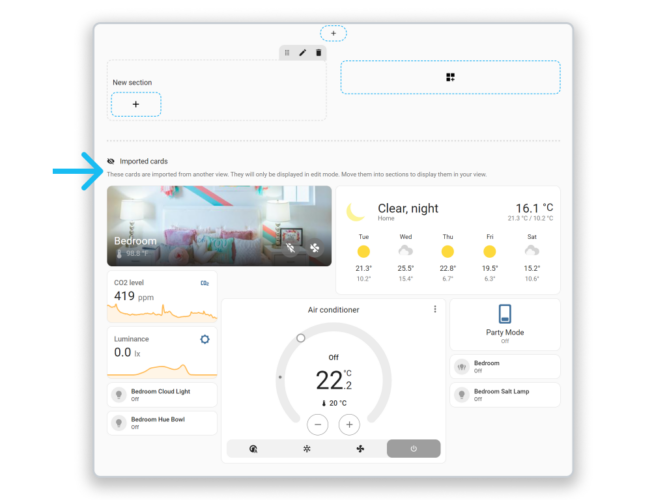
If you are not yet ready for the new layout, don't worry! Your old dashboard is preserved when creating a new dashboard, which is a great way for veterans of the old format to try out sections while keeping all the work they have done to customize their cards.
You can also move each card one by one from another view. All moved cards will also be temporarily placed in the imported cards section.
Precise Mode for Card Size
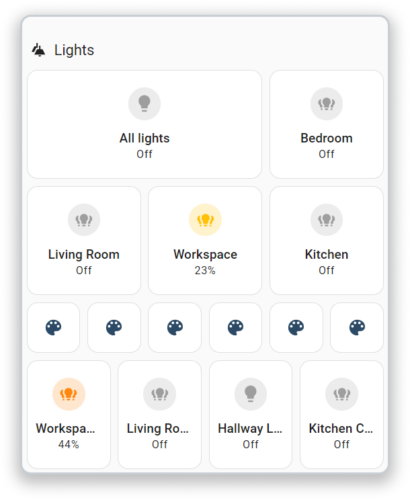
If you like to tinker with your dashboards and adjust card sizes more precisely, you now have even more control over card sizes. In a card's layout options, you can now enable “Precise Mode”, which will give you three times more options for card widths!
Precise Mode applies at the individual card level. While a normal section is divided into 4 columns, Precise Mode gives you 12 columns, allowing you to align 2, 3, 4 or 6 buttons side by side.
Honestly, once you’ve tried this dashboard format, you can’t go back! It really offers huge customization possibilities, and all without a single line of code. Personally, I love it!
Low-latency cameras using WebRTC
A lot of effort has gone into this amazing new feature for this release: WebRTC!

Not sure what WebRTC is? If you’re looking at a camera in Home Assistant, you may have noticed that it’s sometimes a bit slow and laggy. WebRTC support will change that!
Camera streams will now try to use WebRTC whenever possible. WebRTC is a standard that establishes a peer-to-peer connection for low-latency audio and video streaming. You probably already use this technology a lot, for example during an online video call. When you are away from home, it will try to find the fastest and most direct path between your Home Assistant instance and the camera you are trying to view.
The Open Home Foundation will host the negotiation network infrastructure (STUN servers) for free for all Home Assistant users and will enable the use of WebRTC for peer-to-peer connections whenever possible. If you are using Home Assistant OS or containers, this will work automatically after the update.
Sometimes, a direct connection between the client (like your browser or mobile app) and the camera is not possible; in these situations, the camera feed must be relayed by an external server. Home Assistant Cloud now provides this relay server (TURN server), one of the many benefits offered to all subscribers!
So, no matter where you are, you should still be able to watch your cameras with this low latency technology. If for some reason WebRTC is not available, the old streaming method will be used so you can still see your camera feeds.
After reading all this, what has changed? Well, the camera feeds will do everything they did before, but they will be faster, more responsive and less laggy!
New Integrations
New integrations are also coming with this update:
- LG ThinQ: Integrate your LG ThinQ appliances, such as air conditioners, refrigerators and washing machines. LG built and provided this integration!
- Husqvarna Automower BLE: Integrate your Husqvarna lawn mower using Bluetooth.
- Palazzetti: Integrate your Palazzetti pellet stove; control the stove, fan speeds and get the current temperature.
You can find all the new features on the official Home Assistant post.


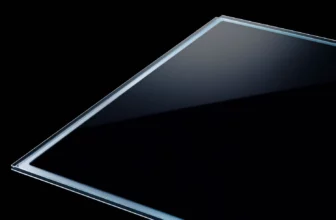
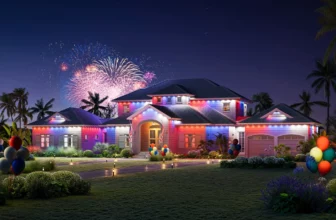

Please remain courteous: a hello and a thank you cost nothing! We're here to exchange ideas in a constructive way. Trolls will be deleted.